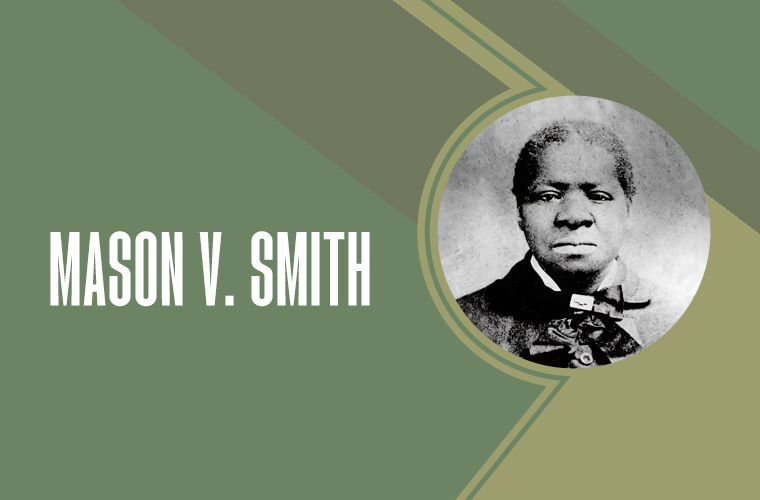In the landmark case of Mason v. Smith in 1856, Bridget “Biddy” Mason took legal action against her master in a courageous bid for freedom for herself and her family. This significant legal battle predates the infamous Dred Scott v. Sandford decision by a full year, and its outcome had far-reaching implications for the rights of enslaved persons in the United States.
Bridget Mason’s owner, Robert Smith, played a central role in the events leading up to the legal dispute. Smith had transported his slaves from their original location to Salt Lake City and subsequently to San Bernardino, California, with the intention of establishing a new Mormon community. It is important to note that at the time of their arrival in California, the state was considered free, and this fact would ultimately become a pivotal factor in Mason’s pursuit of freedom.
Upon their arrival in California, Bridget Mason and her family found themselves in a unique position. They were now residing in a free state, and they were surrounded by free Black individuals who encouraged and supported Mason in her quest to challenge her enslaved status through legal means. This support network proved to be instrumental in emboldening Mason to take the bold step of seeking legal recourse.
In December 1855, Robert Smith became increasingly apprehensive about the potential loss of his ownership over Mason and her family. Fearing that they would be taken from him, Smith made the decision to uproot once again, this time relocating his slaves to Texas, a state where slavery was legally sanctioned. This strategic move was a clear attempt to safeguard his control over Mason and her family by placing them in a jurisdiction where their status as slaves would be upheld.
The actions of Robert Smith set the stage for a legal battle that would test the boundaries of freedom and slavery within the United States. Bridget Mason’s resolve to challenge her enslaved status in a free state was a direct challenge to the prevailing norms and laws of the time. Her decision to pursue legal action was a bold assertion of her inherent rights as a human being, and it sparked a legal showdown that would ultimately have profound implications for the institution of slavery in America.
The case of Mason v. Smith brought to the forefront fundamental questions about the rights of enslaved individuals who found themselves in free states. The legal battle that ensued forced the judicial system to grapple with complex issues surrounding the status of enslaved persons in regions where slavery was not legally recognized. The outcome of this case would have significant implications for the broader struggle for freedom and equality in the United States.
The legal proceedings that unfolded as a result of Bridget Mason’s lawsuit against Robert Smith shed light on the inherent injustice of slavery and the resilience of those who sought to challenge it. Mason’s determination to fight for her freedom in a free state exemplified the courage and fortitude displayed by many individuals who resisted the dehumanizing institution of slavery.
Ultimately, the case of Mason v. Smith stands as a testament to the power of individuals to effect change through legal means, even in the face of formidable opposition. Bridget Mason’s pursuit of freedom and justice serves as a reminder of the enduring struggle for equality and human rights, and her legacy continues to inspire those who seek to confront injustice and inequality in all its forms.

